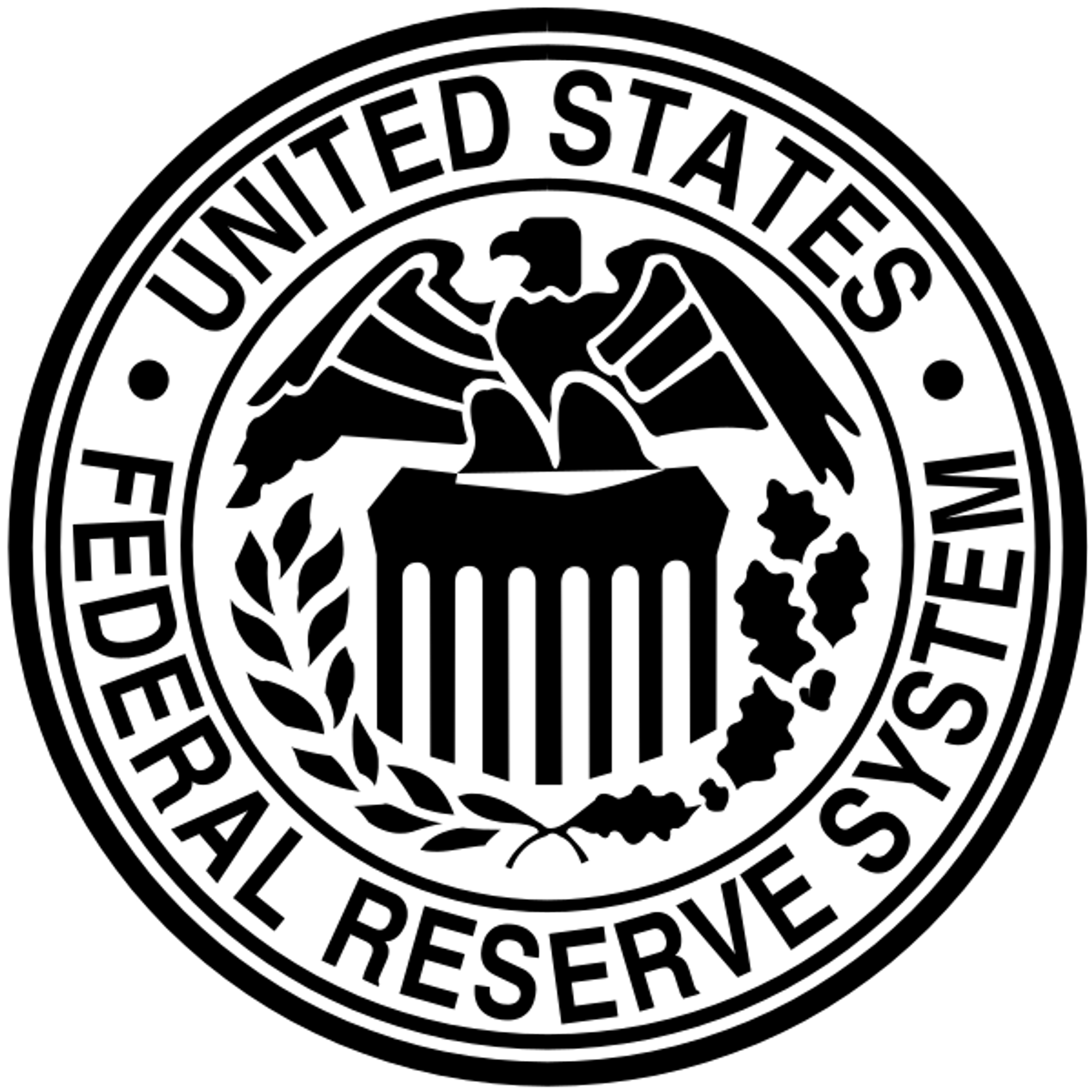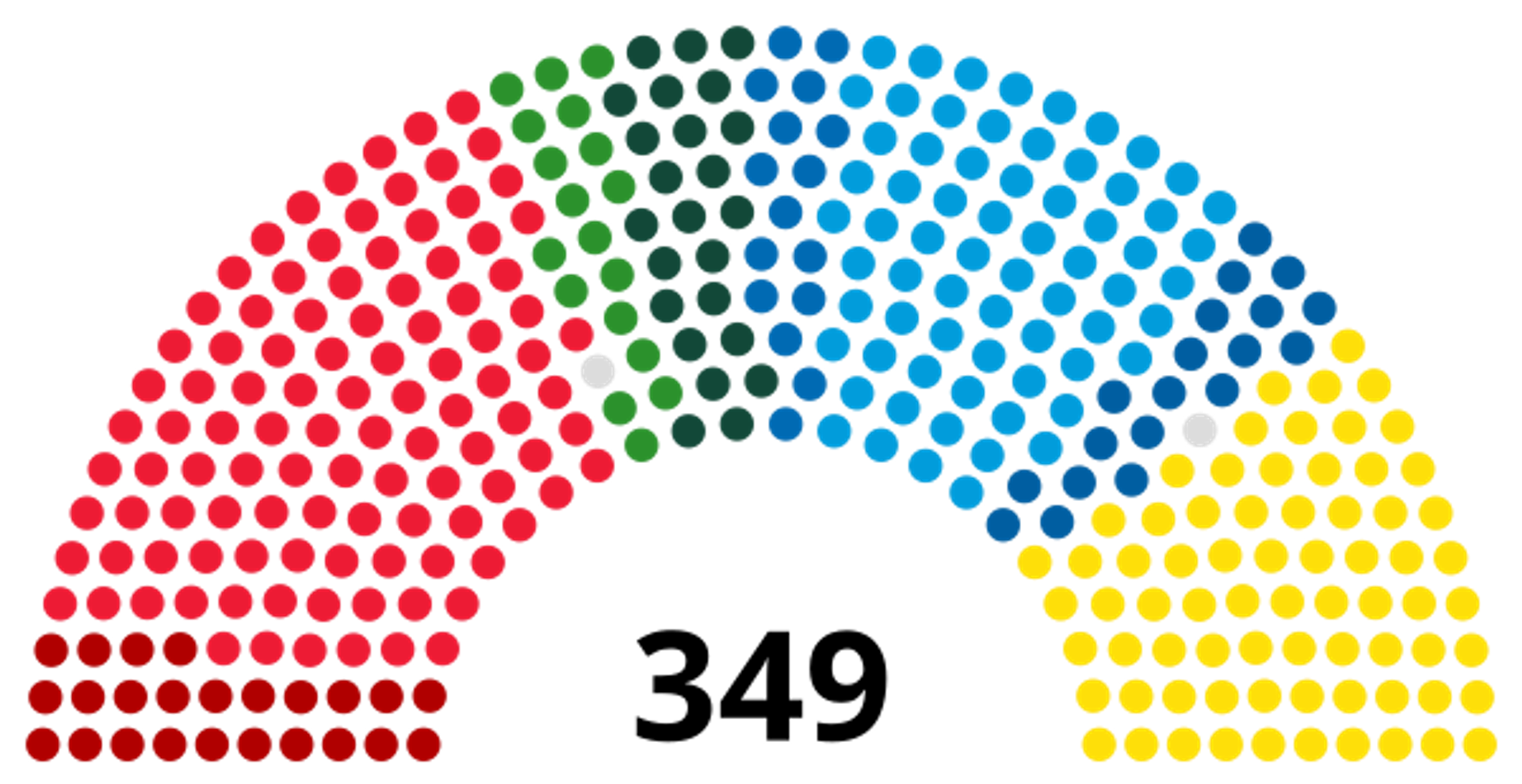
Swedish Security Service
What do people say about Swedish Security Service?
In the provided context, the perception of the Swedish Security Service is notably absent, highlighting its low public profile and limited media scrutiny. This lack of presence creates a perception vacuum, leading to public skepticism and suspicion about the agency's transparency and operational effectiveness. Without visible accountability or public discourse, the agency risks being viewed as secretive or disconnected from societal concerns. The silence around the entity also indicates missed opportunities for public engagement and trust-building. Ultimately, this results in a perception of the agency as an elusive and potentially unaccountable arm of government security apparatus.
Where are the conversations happening?
Due to the complete lack of source content mentioning the Swedish Security Service, there is no channel providing either critical or positive discourse. This absence itself is telling; mainstream media and public forums do not engage with or scrutinize the agency, resulting in an unchallenged, invisible presence. Consequently, no specific sources can be identified as critical or supportive, underscoring an overall neglect or deliberate omission in public discourse.
What are the topics trending around Swedish Security Service?
There are no emerging trends or topics discussed near the Swedish Security Service in the provided content, indicating a lack of public discourse or media focus on the agency.
Why are these topics trending?
The absence of any mention or discussion about the Swedish Security Service in the provided segments shows that no trending topics or relevant discussions are currently linked to the agency, reflecting its invisibility and lack of engagement in public or media spheres.
How is Swedish Security Service being talked about?
Detailed breakdown of public sentiment and conversations about this entity.
Impact vs Sentiment
See how each entity's high impact percentage relates to their positive sentiment percentage from actual mentions.




